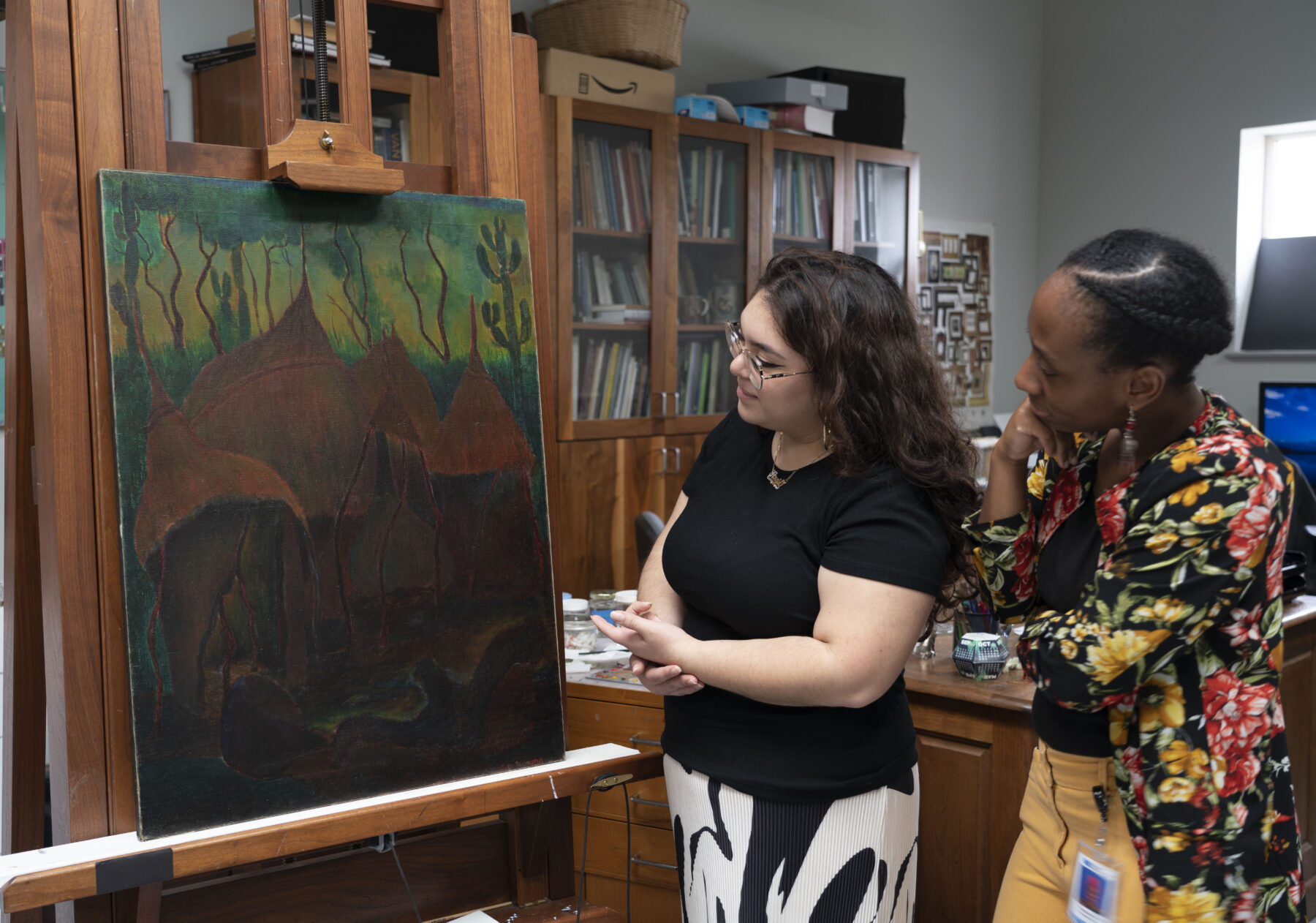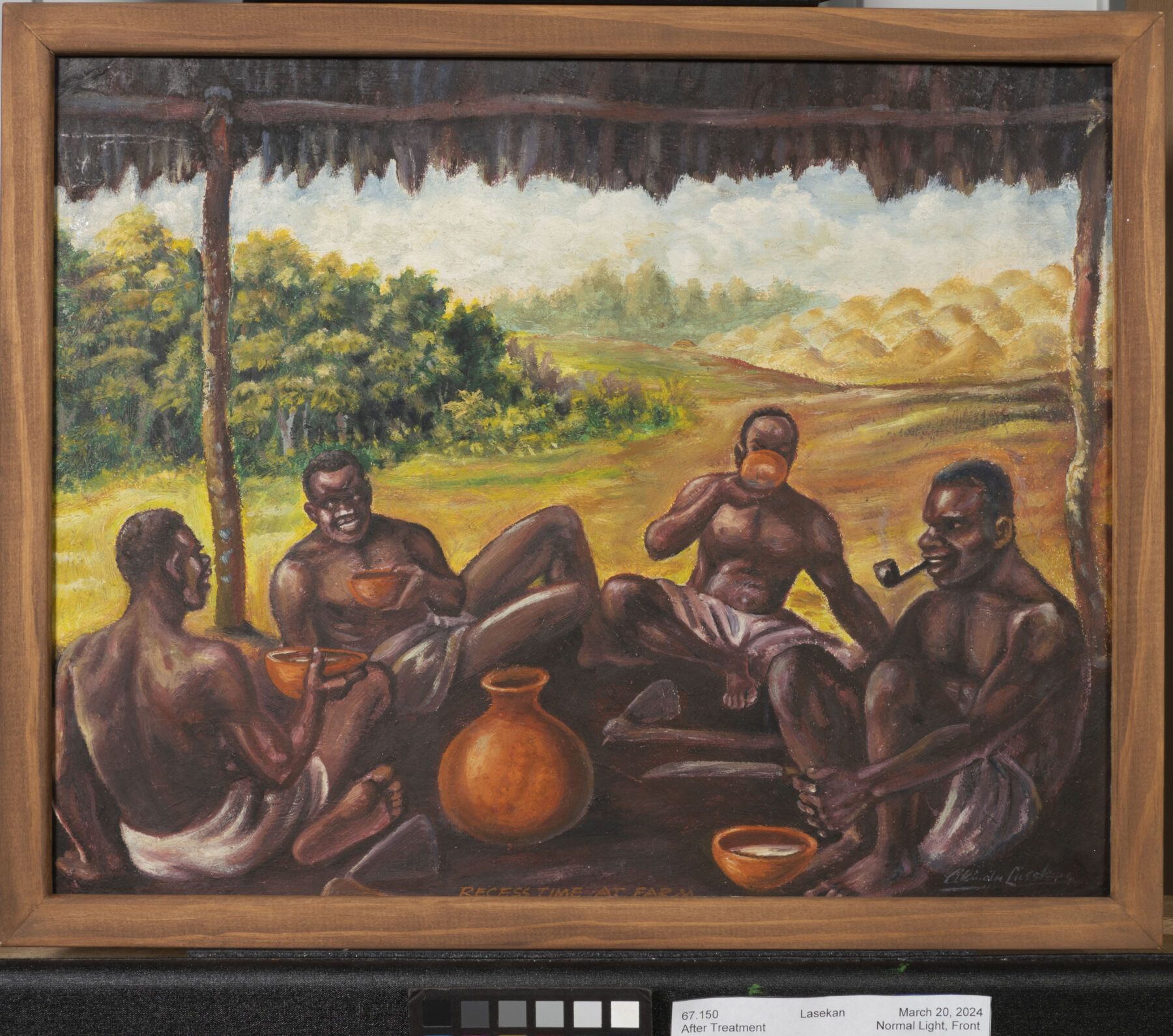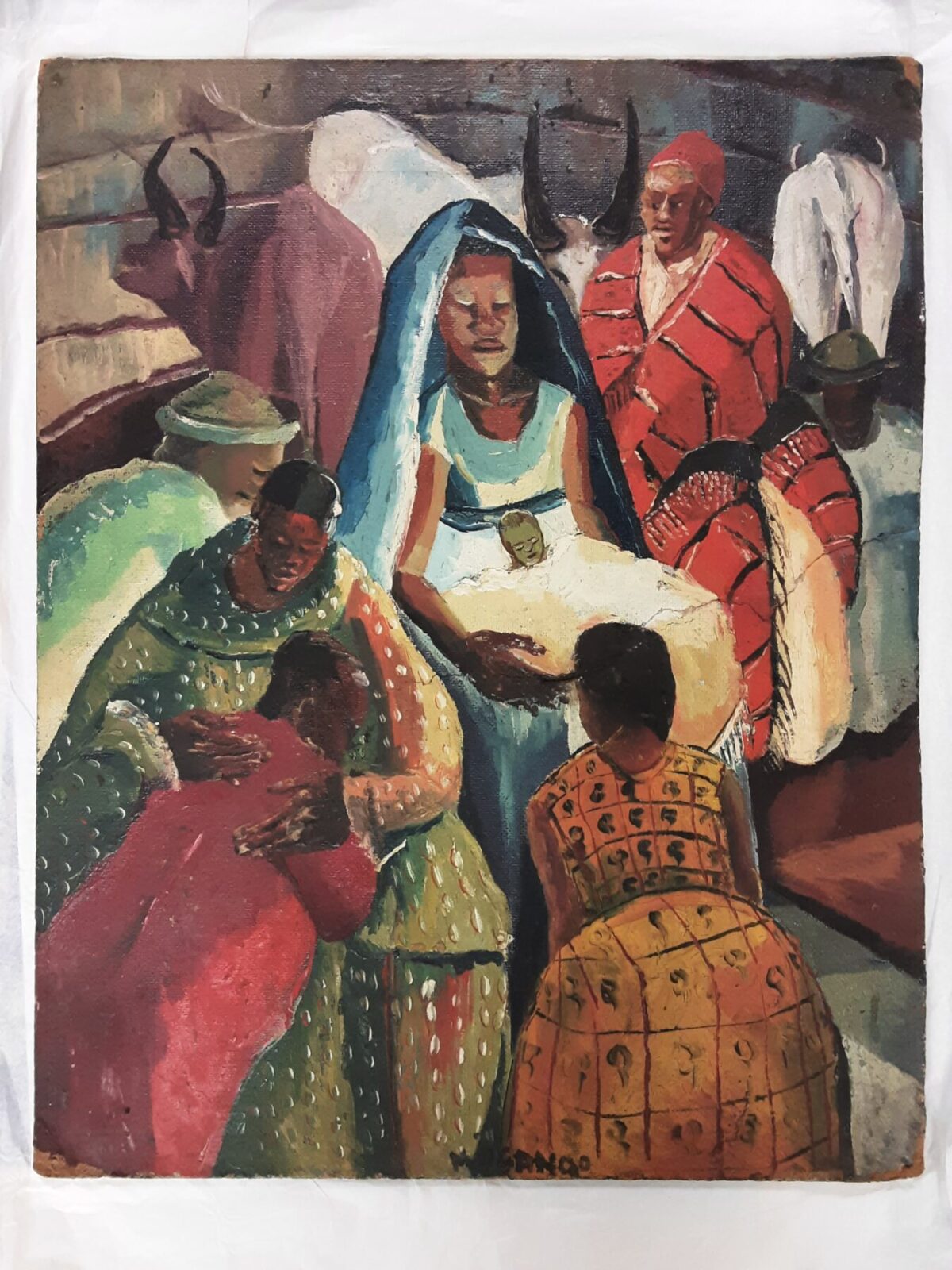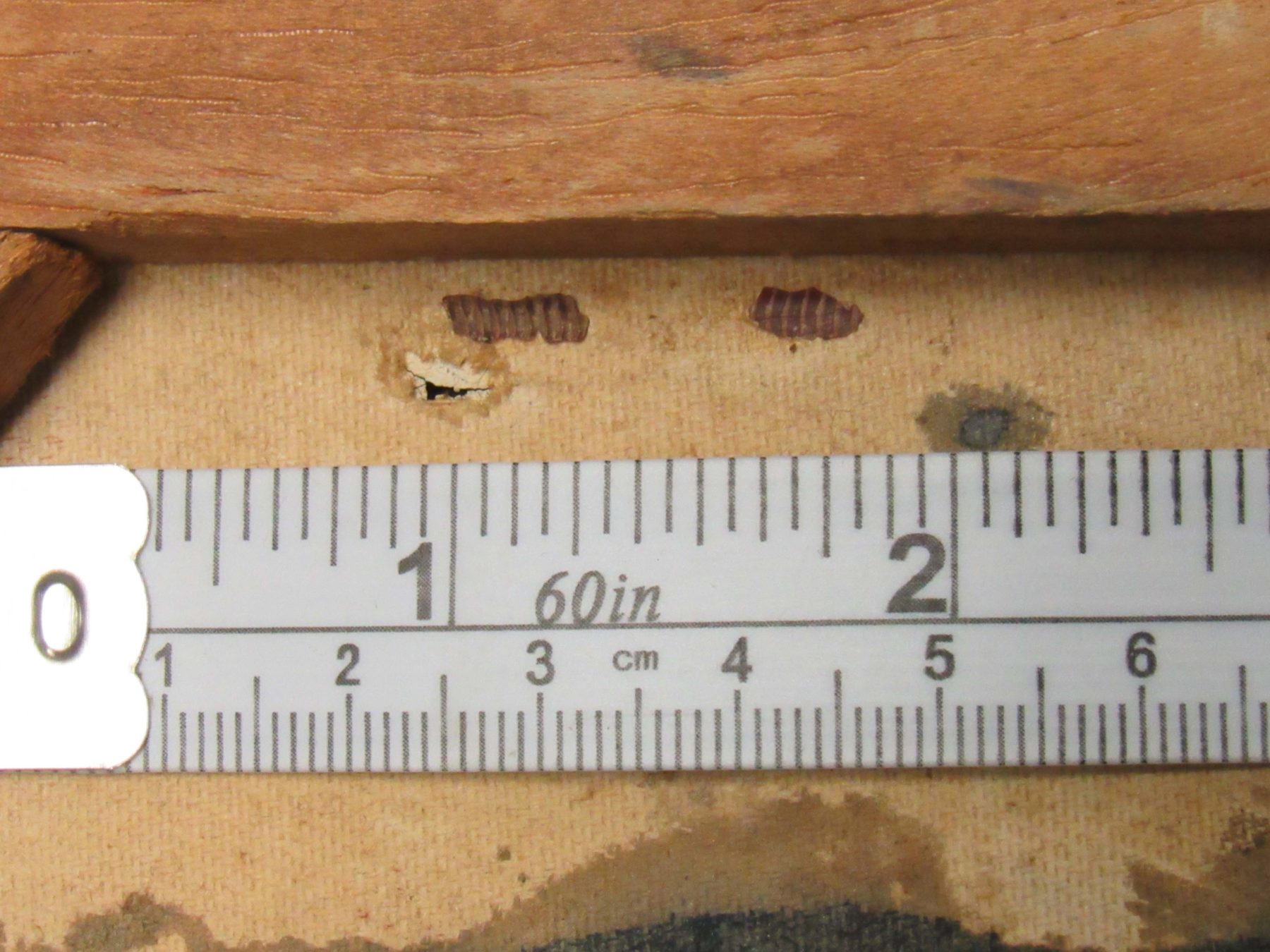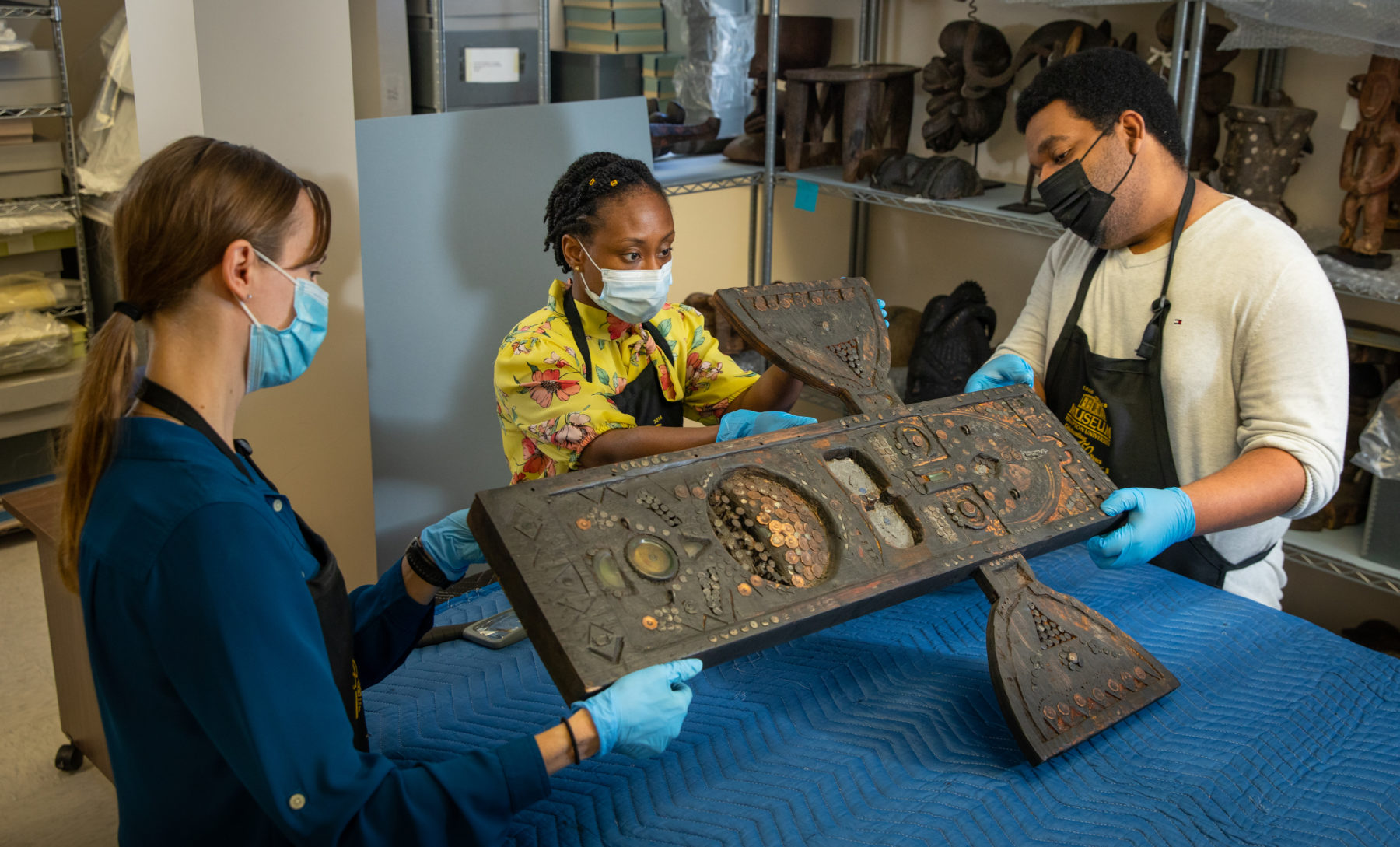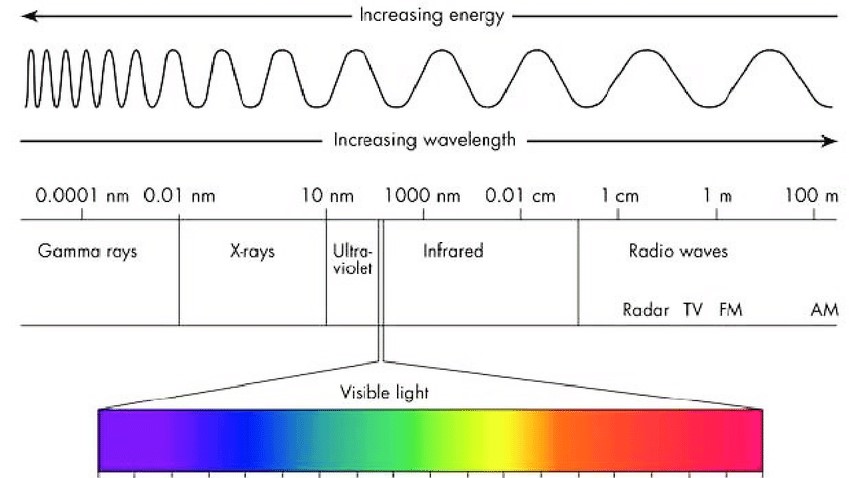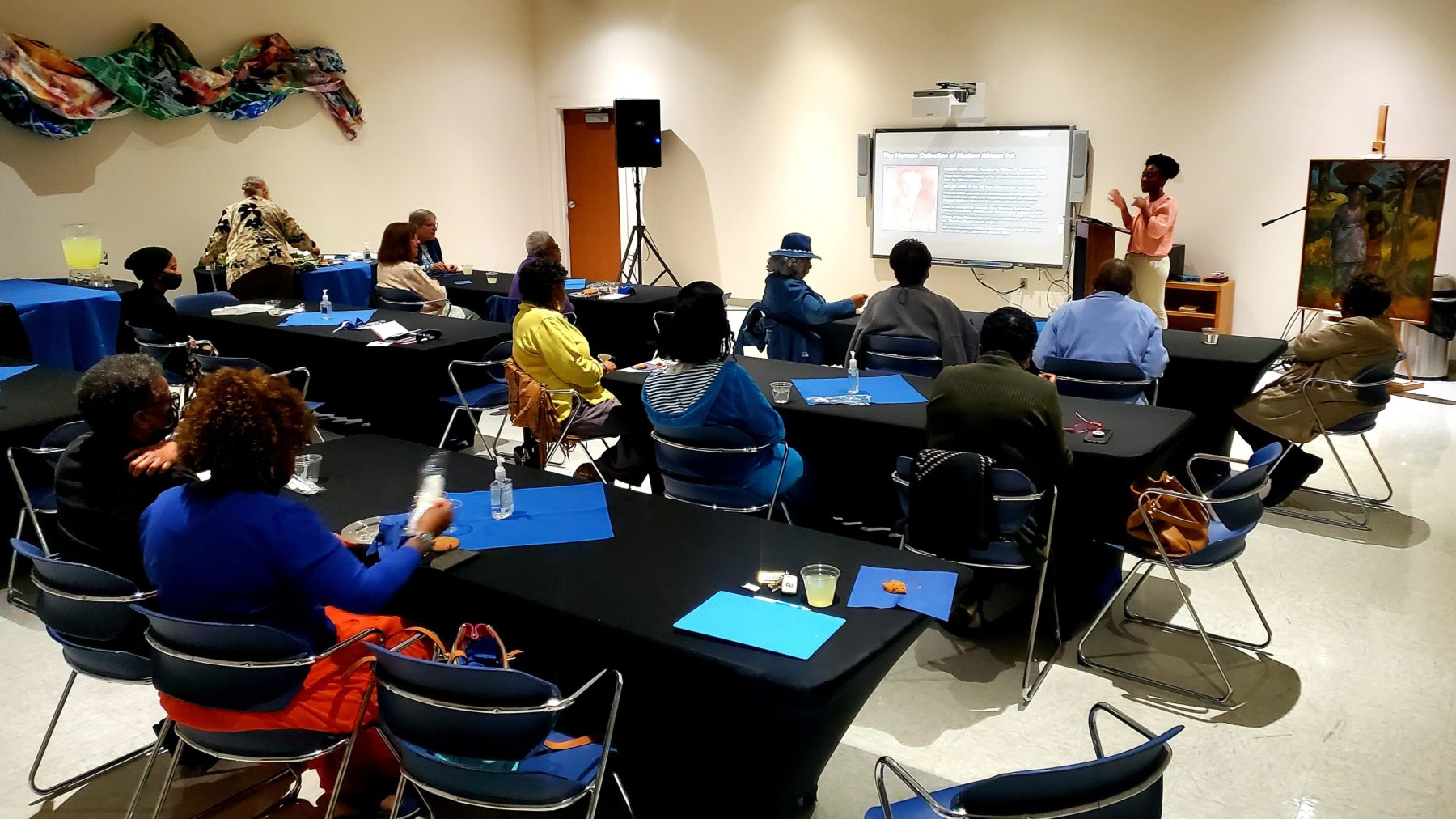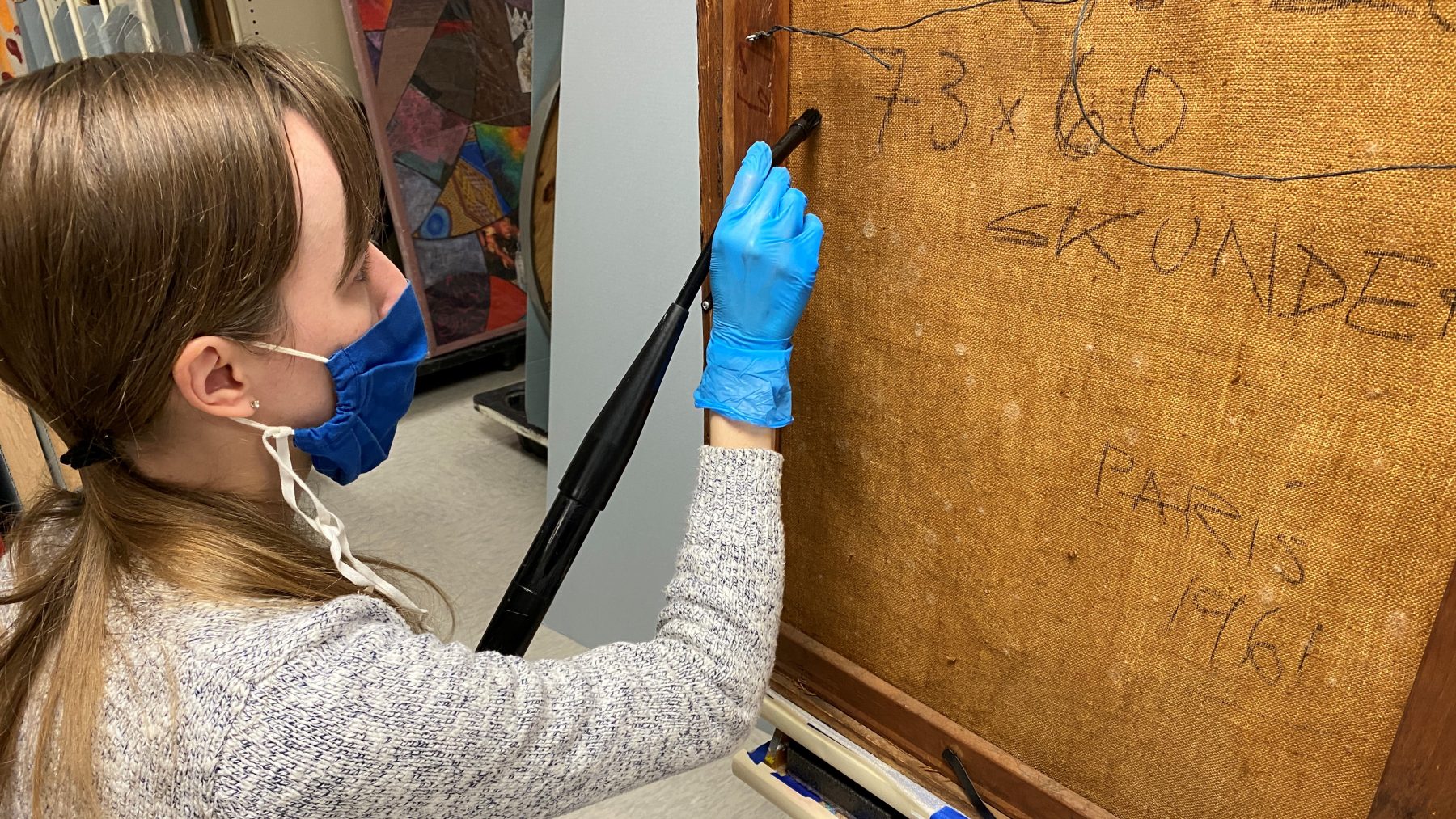A Chrysler Museum of Art and Hampton University Museum Partnership
Conservation

Art Spotlight: The Abandoned Hut by Mordecai Buluma
In this blog post Angie and Tashae discuss the symbolism behind The Abandoned Hut by Mordecai Buluma as well as the conservation treatment used to prepare it for exhibition.
Tricky Tape and Finicky Frames
In conservation, tape can be tricky! This post discusses the conservation treatment of the painting Recess Time at Farm by Akinola Lasekan.
Christ in the Manger: Virginia’s Most Endangered Artifact?
"Christ in the Manger" by Francis Musangogwantamu, along with nine other selected artifacts from other institutions in Virginia, will be featured in an online public voting competition, which will take place from February 20th to March 3rd, 2024. The artifact that receives the most votes will receive the People’s Choice award and a $1,000 grant to be put towards the object’s conservation treatment.
Adventures in Washington D.C.
Tashae and I recently visited the African Modernism in America exhibition at the Phillips Collection and connected with colleagues at two conservation labs, thanks to funds provided by the Mellon Grant for professional development and research.
Consolidating Miranda “Olayinka” Burney-Nicol’s Night Dancer
This post introduces Angie Lopez, the current Andrew W. Mellon Conservation Fellow, and shares her journey into the art conservation field. She also discusses her experience of working on her first painting from the Hampton University Modern African Art collection, Night Dancer by Miranda “Olayinka” Burney-Nicol, and her examination of the painting's structure, artist’s technique, and condition.
Discussion on the Painting Grief by Afi Ekong
NEH fellow in paintings conservation, Katie Rovito, and Andrew W. Mellon curatorial fellow, Tashae Smith, sat down to discuss the Modern Nigerian artist, Afi Ekong and the conservation of her painting Grief.
Mending Tears in Afi Ekong’s Grief
This post goes in-depth on the conservation treatment of the painting Grief by Afi Ekong. Treatment was completed by Katie Rovito, National Endowment for the Humanities Conservation Fellow at the Chrysler Museum of Art. Learn how Katie tackled this treatment, including how she mended tears and inpainted.
The Mystery of the Tasty Canvases
Pests, insects, bugs, creepy-crawlies…whatever you call them, they are not good for art collections! These tiny agents of deterioration can cause lots of damage quite quickly, and they may go unnoticed at first. Learn more about how conservators deal with these vicious vermin here.
A Conference in Detroit: MRCG Symposium 2022
At the end of September, I was able to attend the Annual Symposium of the Midwest Regional Conservation Guild (MRCG) in Detroit, Michigan. It was a great opportunity to give a presentation about the Mellon project to a group of friendly and insightful conservators. After lots of networking and nerdy conservation discussions, I made it back home, despite the best efforts of Hurricane Ian! Read more about the trip here.
Harmon Foundation Modern African Art Collection Statistics
In celebration of completing our survey, we are sharing some interesting statistics about the collection. In sharing these statistics, we hope to spread more awareness about the composition of this awe-inspiring collection of art.
The Paradox of Light: Necessary but Damaging
Light is an unavoidable element of our environment, but it causes irreversible changes to artworks, and therefore is considered one of the agents of deterioration. Read more about how conservators address this paradox here!
Virtual Tree House Summer Camp
In July, we had the opportunity to participate in Hampton University Museum’s Tree House Summer Camp, which this year was a virtual program for children ages 5-12. We described the basics of what a curator and a conservator do, and conducted several activities to help them practice each role.
The Dangers (and Usefulness) of Water
Learn more about another of the Ten Agents of Deterioration: water! Its effects on artworks can be quite damaging when they are uncontrolled and unexpected. It can also lead to the growth of mold. But water can also be a useful tool for conservators who need to treat artworks. What’s the difference? Keep reading!
Outreach Programs with The Links, Incorporated and the Osher Lifelong Learning Institute
One of the goals of this grant project is to present outreach programs to the public, both virtually and in-person. So far, we have had the opportunity to participate in two such programs, partnering with The Links, Incorporated and the Osher Lifelong Learning Institute. In this post, we will be sharing the details of these programs, including feedback we received and our key takeaways.
Physical Forces and Inherent Vice
Physical forces, like drops, scrapes, or bumps, may be what most people think of when it comes to damages to artworks, so this is the first Agent of Deterioration I am covering. There may also be inherent aspects which can cause cracks to form in paintings, and the consequences and treatment options for these can be quite different. Read more to learn why!
Agents of Deterioration and Preventive Conservation
Protecting collections starts with understanding the ways that damage can be caused to objects, often called the 10 Agents of Deterioration, as well as how to prevent their effects. Preventive conservation is the term used to describe the actions taken to avoid future interventive treatment and reduce risks. Learn more here about the upcoming conservation blog series!
